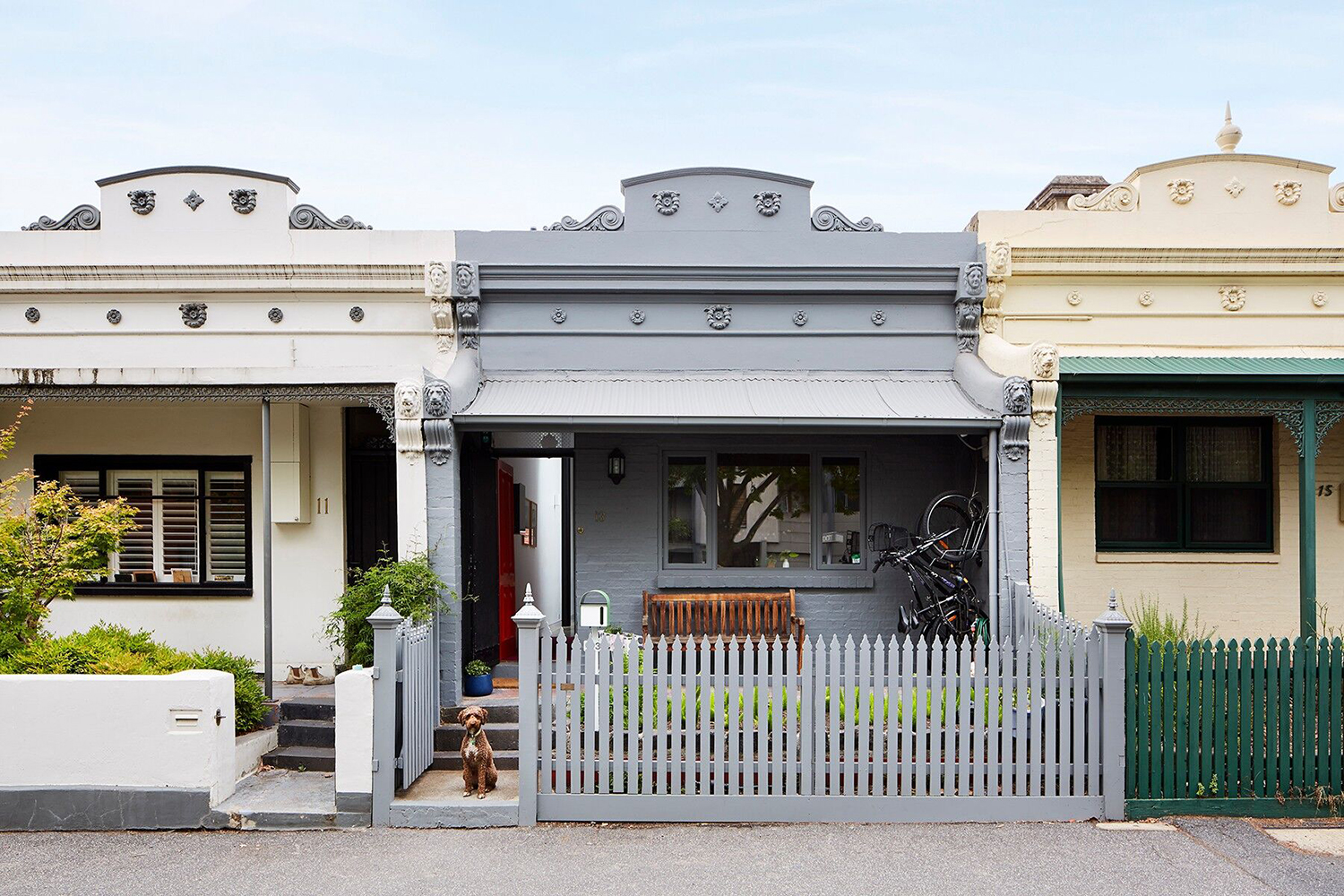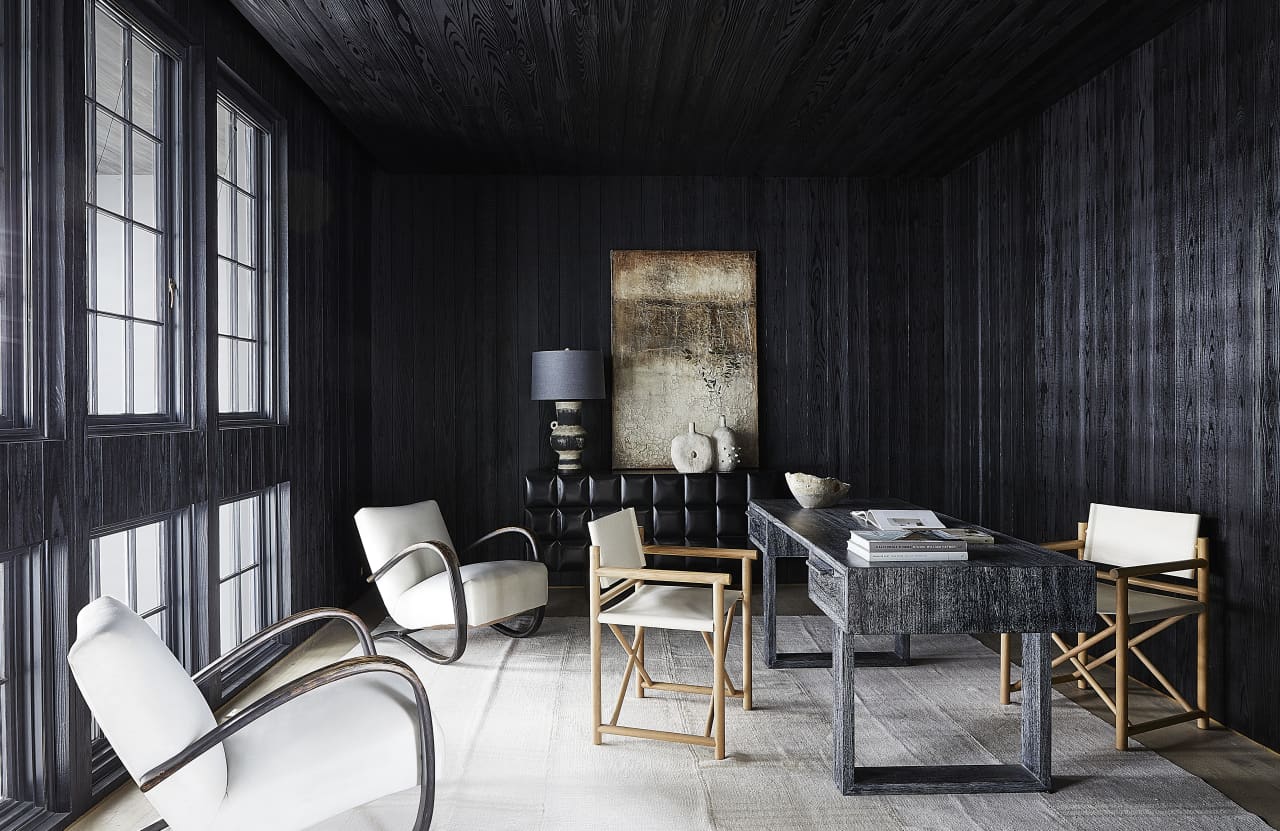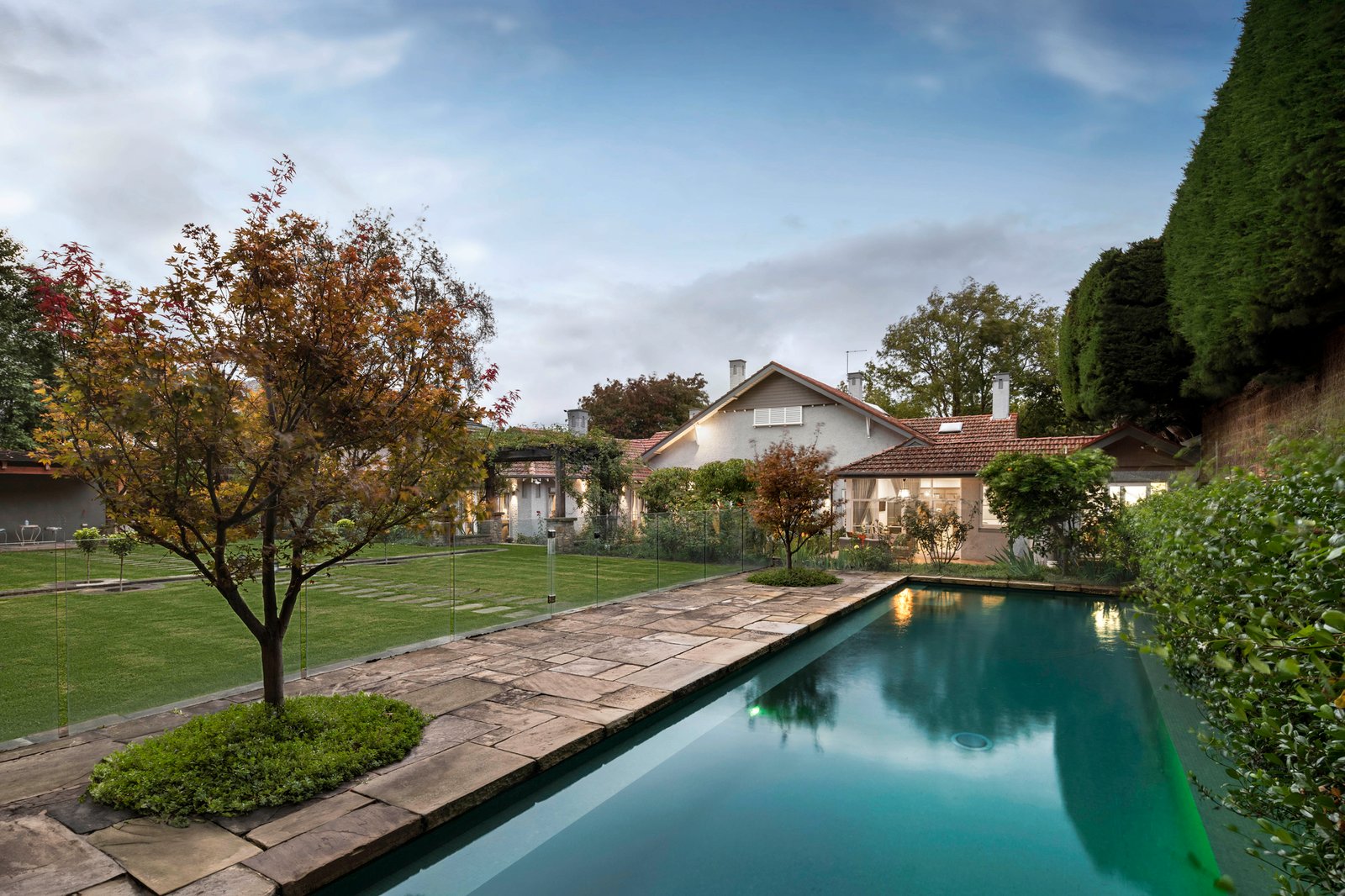Australian Housing Prices Up 500% Over 25 Years
However, yields have fallen to all-time lows.
Proving itself as a reliable investment, research from the Real Estate Institute of Australia (REIA) shows the price of Australian housing is up 500% over 25-years.
According to data from REIA, the median price for Australian housing inflated from $160,000 in 1996 to $825,000 in 2020.
Other dwellings, such as units and apartments have seen capital values increase by just over 400% in comparison however these assets produce higher yields.
The data shows that over the past five years, housing grew by 25%, from a median of $683,000 to $825,000 while other dwellings rose by 10% to $600,000.
Mr Kelly said that over the 25-year period, Australian housing yields tightened from 5.1% to 2.9% while other dwellings have recorded a drop in yields but not as dramatic, falling from 5.2.% to 3.7%.
“Houses in Darwin have the highest return averaging 4.2%. In 1996, housing investments in Darwin were yielding 6.4%.
“Melbourne and Sydney have always had the lowest yields both falling from around 4% in 1996 to just 1.8% in 2020.
“The pandemic saw Melbourne and Sydney experience rising vacancies with Melbourne now the highest in Australia at 5% while Sydney is currently at 3.7%,” said Mr Kelly.
Further, Mr Kelly said that there has been a decline in investors in the market in recent times particularly as concerns have emerged with moratoriums on evictions and rising vacancies.
“Despite rising vacancies and the low yields, we are starting to see investors reemerge as they respond to a rising market with further growth expectations and low borrowing costs,” Mr Kelly added.
REIA’s latest report, Real Estate Market Facts found that in the December quarter 2020, the weighted average capital city median price for both houses and other dwellings increased in the Australian residential property market.
“The weighted average capital city median price increased by 6.0% for houses and by 0.9% for other dwellings. The weighted average median house price for the eight capital cities increased to $825,205. Over the quarter, the median house price increased in all capital cities.
“At $1,211,488, Sydney’s median house price continues to be the highest amongst the capital cities, 46.8% higher than the national average. At $490,000 Perth has the lowest median house price across Australian capital cities, 40.6% lower than the national average.”
This stylish family home combines a classic palette and finishes with a flexible floorplan
Just 55 minutes from Sydney, make this your creative getaway located in the majestic Hawkesbury region.
A Sydney site with a questionable past is reborn as a luxe residential environment ideal for indulging in dining out
Long-term Sydney residents always had handful of not-so-glamourous nicknames for the building on the corner of Cleveland and Baptist Streets straddling Redfern and Surry Hills, but after a modern rebirth that’s all changed.
Once known as “Murder Mall” or “Methadone Mall”, the 1960s-built Surry Hills Shopping Centre was a magnet for colourful characters and questionable behaviour. Today, however, a $500 million facelift of the site — alongside a slow and steady gentrification of the two neighbouring suburbs — the prime corner property has been transformed into a luxury apartment complex Surry Hills Village by developer Toga Group.
The crowning feature of the 122-apartment project is the three-bedroom penthouse, fully completed and just released to market with a $7.5 million price guide.
Measuring 211sqm of internal space, with a 136sqm terrace complete with landscaping, the penthouse is the brand new brainchild of Surry Hills local Adam Haddow, director of architecture at award-winning firm SJB.
Victoria Judge, senior associate and co-interior design lead at SJB says Surry Hills Village sets a new residential benchmark for the southern end of Surry Hills.
“The residential offering is well-appointed, confident, luxe and bohemian. Smart enough to know what makes good living, and cool enough to hold its own amongst design-centric Surry Hills.”
Allan Vidor, managing director of Toga Group, adds that the penthouse is the quintessential jewel in the crown of Surry Hills Village.
“Bringing together a distinct design that draws on the beauty and vibrancy of Sydney; grand spaces and the finest finishes across a significant footprint, located only a stone’s throw away from the exciting cultural hub of Crown St and Surry Hills.”
Created to maximise views of the city skyline and parkland, the top floor apartment has a practical layout including a wide private lobby leading to the main living room, a sleek kitchen featuring Pietra Verde marble and a concealed butler’s pantry Sub-Zero Wolf appliances, full-height Aspen elm joinery panels hiding storage throughout, flamed Saville stone flooring, a powder room, and two car spaces with a personal EV.
All three bedrooms have large wardrobes and ensuites with bathrooms fittings such as freestanding baths, artisan penny tiles, emerald marble surfaces and brushed-nickel accents.
Additional features of the entertainer’s home include leather-bound joinery doors opening to a full wet bar with Sub-Zero wine fridge and Sub-Zero Wolf barbecue.
The Surry Hills Village precinct will open in stages until autumn next year and once complete, Wunderlich Lane will be home to a collection of 25 restaurants and bars plus wellness and boutique retail. The EVE Hotel Sydney will open later in 2024, offering guests an immersive experience in the precinct’s art, culture, and culinary offerings.
The Surry Hills Village penthouse on Baptist is now finished and ready to move into with marketing through Toga Group and inquiries to 1800 554 556.
This stylish family home combines a classic palette and finishes with a flexible floorplan
Just 55 minutes from Sydney, make this your creative getaway located in the majestic Hawkesbury region.























